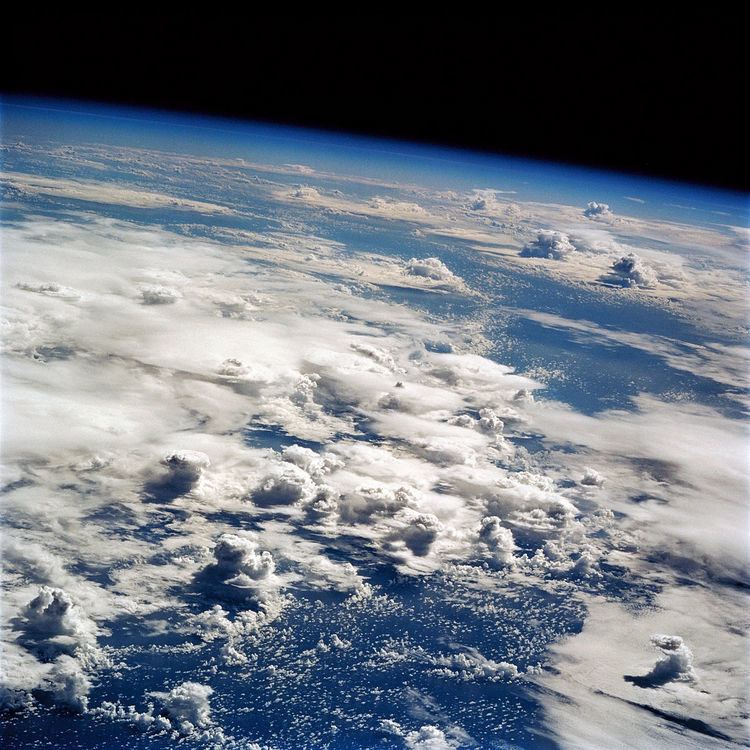 | ||
Space burial refers to the launching of cremated remains into outer space. Missions may go into orbit around the Earth, to other planetary bodies (such as the Moon), or into deep space. The cremated remains are not actually scattered in space, and thus do not contribute to space debris. Instead, the ashes remain sealed inside their spacecraft until the spacecraft either: re-enters the Earth's atmosphere and burns up upon re-entry (Earth orbit missions); reaches its final, extraterrestrial destination (e.g. the Moon); or escapes the solar system (deep space missions). To a lesser extent, suborbital flights provide the opportunity to briefly fly ashes into space and return them back to Earth for recovery. Only a sample of remains is launched so as to make the service affordable. Private companies such as Celestis, Inc., Elysium Space, Ascending Memories and Orbital Memorials offer space burial services.
Contents
- History
- Launched into Earth orbit by Celestis on April 21 1997
- Buried on the Moon on July 31 1999
- Launched into Earth orbit by Celestis on December 20 1999
- Launched into outer space on a trajectory out of the solar system on January 19 2006
- Launched into Earth orbit by Celestis on May 22 2012
- Future space burials
- References
History
The concept of launching remains into space using conventional rockets was proposed by the science fiction author Neil R. Jones in the novella "The Jameson Satellite," which was published in the pulp magazine Amazing Stories in 1931. It was later proposed as a commercial service in the 1965 movie, "The Loved One," and by Richard DeGroot in a Seattle Times newspaper article on April 3, 1977. Since 1997, the private company Celestis has conducted numerous space burials flying as secondary payloads.
The first space burial occurred in 1992 when the NASA space shuttle Columbia (mission STS-52) carried a portion of Gene Roddenberry's cremated remains into space and returned them to Earth.
The first private space burial, Celestis' Earthview 01: The Founders Flight, was launched on April 21, 1997. An aircraft, departing from the Canary Islands, carried a Pegasus rocket containing samples of the remains of 24 people to an altitude of 11 km (38,000 ft) above the Atlantic Ocean. The rocket then carried the remains into an elliptical orbit with an apogee of 578 km (359 mi) and a perigee of 551 km (342 mi), orbiting the Earth once every 96 minutes until reentry on May 20, 2002, northeast of Australia. Famous people on this flight included Gene Roddenberry and Timothy Leary.
The first moon burial was that of Dr. Eugene Shoemaker, a portion of whose cremated remains were flown to the Moon by NASA. Shoemaker's former colleague Carolyn Porco, a University of Arizona professor, proposed and produced the tribute of having Shoemaker's ashes launched aboard the NASA's Lunar Prospector spacecraft. Ten days after Shoemaker's passing, Porco had the go-ahead from NASA administrators and delivered the ashes to the Lunar Prospector Mission Director Scott Hubbard at the NASA Ames Research Center. The ashes were accompanied by a piece of brass foil inscribed with an image of a Comet Hale-Bopp, an image of Meteor Crater in northern Arizona, and a passage from William Shakespeare’s Romeo and Juliet. The Lunar Prospector spacecraft was launched on January 6, 1998 and impacted the south polar region of the moon on July 31, 1999.
In 2014, Celestis launched Celestis Pets, a pet memorial spaceflight service for animal cremated remains. Prior to then, a Monroe, Washington police dog may have flown on a 2012 memorial spaceflight. When this news broke, Celestis' President said that if dog ashes were on the rocket, the person who supplied the cremated remains likely violated the contract they signed with Celestis.
